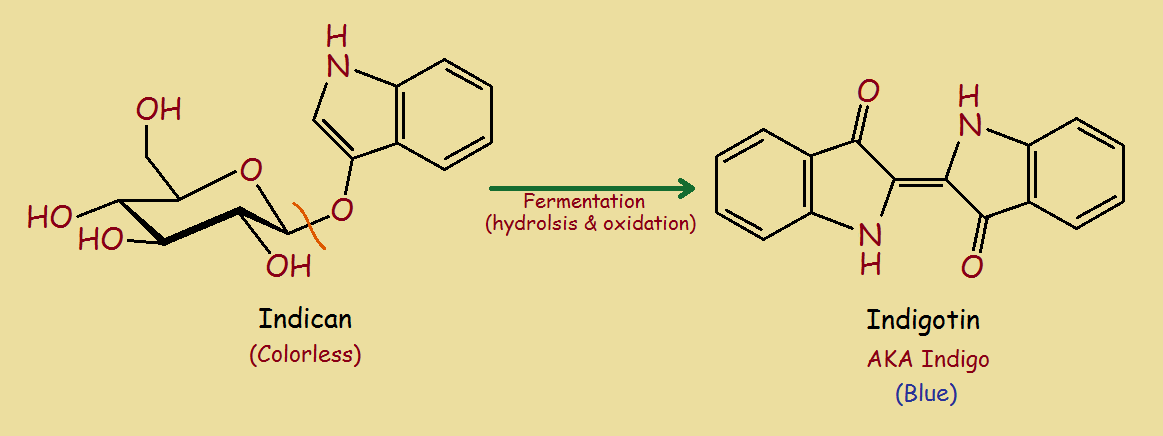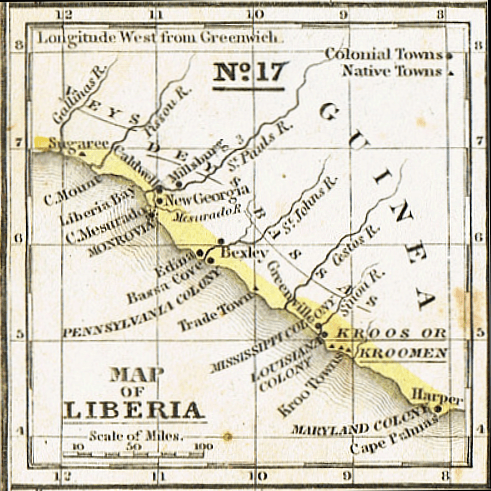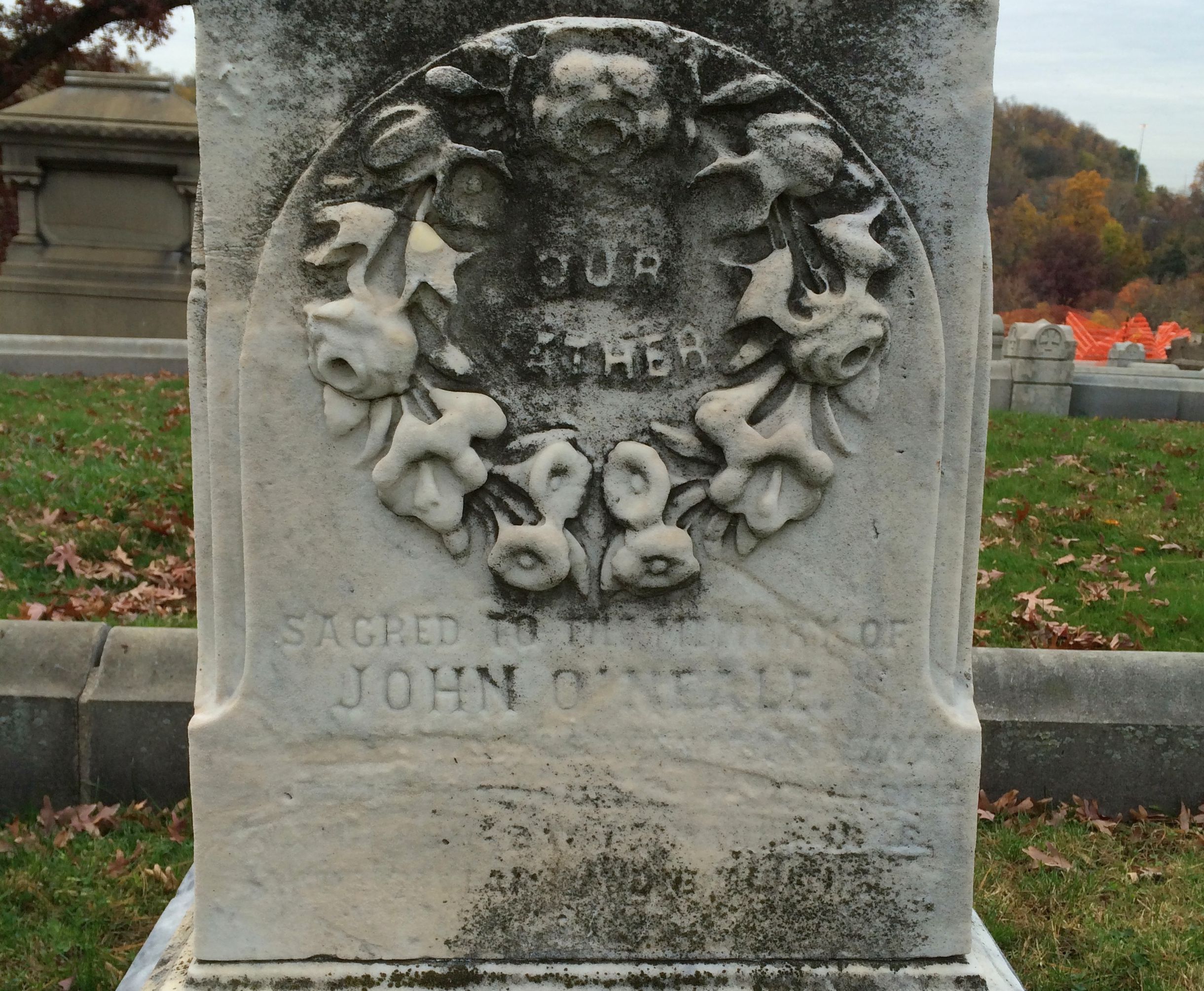 Indigo is a dyestuff originally derived, at least partly, from Indigofera tinctoria, a small shrub in the bean family.
Indigo is a dyestuff originally derived, at least partly, from Indigofera tinctoria, a small shrub in the bean family.
The dye is produced from the leaves of the plant by fermentation. The organic compound indican, is converted into indigotin, or indigo by hydrolysis and oxidation. Today, there are synthetic commercial methods for indigo preparation.

Post Civil War
In 1862, before the end of the Civil War, the U.S. officially recognized the Republic of Liberia in West Africa. Before the war, some “free-born” members of the black race emigrated to Liberia. It was believed that nation might prove a land of opportunity.
The country was poor, but there were possibilities. One of those possibilities involved the manufacture of indigo dyestuff. A distant relation of mine, John O’Neale Stockham of Philadelphia, Pennsylvania saw trade with Liberia as a lucrative business opportunity. He did not choose to pursue indigo. He chose coffee, instead.

In the Press
One journal, the Christian Recorder, in its 28 Oct 1875 issue, wrote of John…
“AN ENTERPRISING PHILADELPHIAN”
Among the cabin passengers on the American line steamer Illinois, for Liverpool, from Philadelphia, September 2, was Mr. J. O’Neale Stockham who goes the second time to Liberia. On a sailing vessel machinery will be sent out for manufacturing indigo. Mr. Stockham left the first time in October, 1874, and remained six months, putting up a steam coffee hulling machine, and making extensive preparations for growing coffee. He returned on the 4th of July. He will spend several weeks in Liverpool, and take with him a steam launch, for running on the St. Paul’s river. He is a member of the firm of Edward S. Morris & Co. It is pleasant to see an enterprising citizen thus engaged in opening new fields for trade. Mr. Stockham proposes to make an exploring trip toward the sources of the Niger river, in company with Hon. J. Milton Turner, United States minister resident in Liberia, Rev. Dr. Blyden, and others, for geographical discoveries.”
Time and Unexpected Events Overcome Them All – Ecclesiastes 9:11

Life seemed good. But not for long. On his return trip from Liberia, the “enterprising” John Stockham was struck with and died of “African Fever” 18 Jun 1876 at the tragically youthful age of 38. He lies buried in the Laurel Hill Cemetery in Philadelphia.
In modern times, Liberia remains a poor nation. And there have been numerous political upheavals. As if that weren’t enough, they had to fight the ebola virus for their lives in 2015.
Note: You might also enjoy Edward Villeroy Stockham: Lost in the Masquerade
References:

What a shame he died so young. I see that “African Fever” could be one of many illnesses causing fevers, including malaria.
I have his death cert which says he died of “typhoid dysentery”. So, yes! As to the burial at sea, the death certificate in Philadelphia at that time did not specify where he died. It is neither affirmed or denied. It is oral tradition that is what happened…